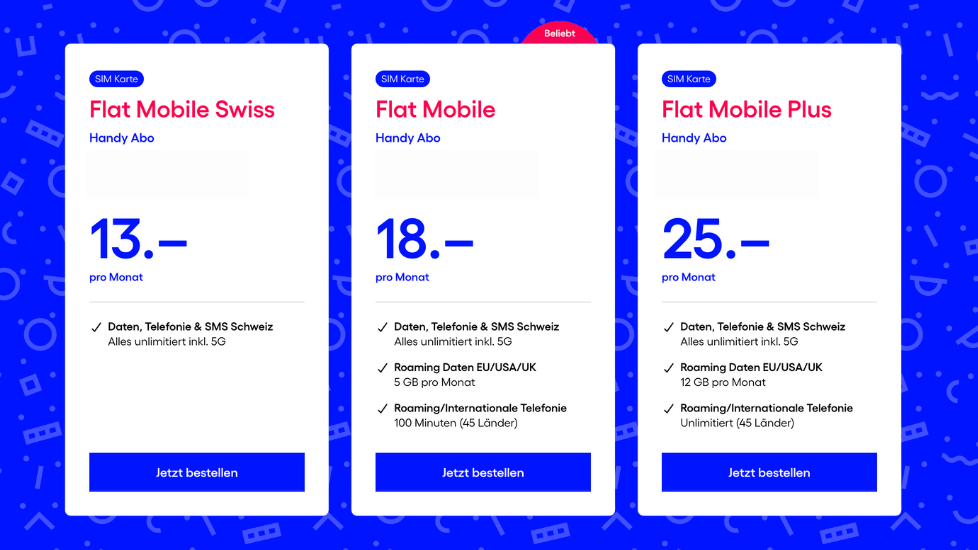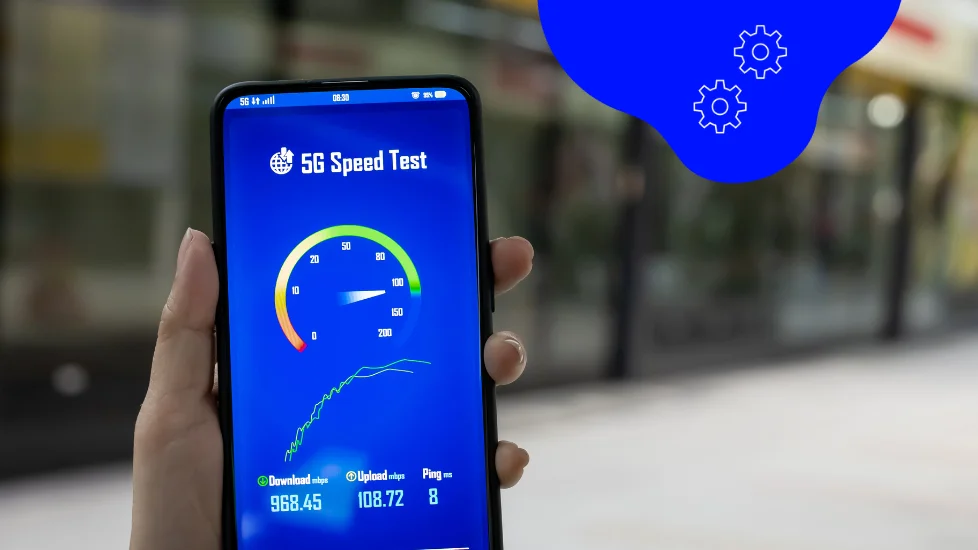Mobile internet for everyone and everything
The eSIM Will Soon Replace the SIM Card – Thanks to Apple
For Apple and consumers, the eSIM is a savior. For mobile network providers, the eSIM could become a wolf in sheep’s clothing. In addition to various advantages for users, it also has another effect: Apple becomes the gatekeeper for mobile communication services.
After 30 years of development – from the SIM card to the mini-SIM, micro-SIM and finally the nano-SIM – the near future belongs to the most revolutionary step towards the eSIM. Apple integrated the eSIM in its iPhones for the first time in 2018, helping the eSIM to make its breakthrough. Since 2018, a large number of new smartphones have been equipped with the eSIM. While back then just 8 smartphones were eSIM capable, today there are already over 50 smartphones and at least as many tablets, smartwatches and notebooks in the market. This means that the eSIM has moved from an unknown to a term of everyday use for many. In September 2021, Apple announced its latest generation and now supports the “dual eSIM” function with the iPhone 13. That said, let’s start from the beginning.
The eSIM is the final step towards the all-digital activation of mobile phones
The “e” in eSIM stands for “embedded”. The chip with the Subscriber Identity Module is permanently installed in the smartphone instead of on an external SIM card. A new user profile can be loaded onto the eSIM by scanning a QR code. This makes the smartphone ready for mobile use. With the eSIM, the mobile phone can be activated entirely digitally and connected to the mobile Internet in just a few minutes and a couple of clicks. Visits to the store, waiting for the SIM card by mail and the annoying fiddling with the paper clip become obsolete.
The easy handling thanks to eSIM doesn’t stop at the simplified activation, however. Since multiple virtual eSIM profiles can be stored, it’s possible to switch effortlessly between mobile providers – whether abroad or at home. Connectivity thus becomes more flexible, more user-friendly and, thanks to digital processing, more eco-friendly. So, talking about a digital revolution in the mobile communications industry hardly seems to be an exaggeration.
All recent mobile phones in Switzerland support eSIM
The current devices from Apple, Google, and Samsung are eSIM-capable. Apple’s and Google’s last three generations, i.e. those since 2018, are already equipped with the eSIM. Samsung followed the two pioneers and launched the eSIM in its smartphones with the Galaxy S20 at the beginning of 2020. The Apple Watch and other smartwatches also carry the eSIM. ESIM has given smartwatches a real boost once again. Thanks to it, the smart watches can be connected and used independently without a cell phone. Various notebooks and tablets like the iPad have been equipped with the eSIM more and more in recent years. The big player missing is the Macbook, which still has to do without independent cellular technology.

Currently, almost all eSIM capable devices are still equipped with a slot for the physical SIM card. Mobile providers have just started to develop eSIM offers for their customers in 2020. The catch with these offerings? Many providers have simply copied the processes in place for the physical SIM card for the eSIM. For example, forums and social media are flooded with reports of customers complaining about waiting for the QR code to be sent by mail, only to be able to scan it. Other providers adapted their processes by sending the QR code by e-mail or offering apps for eSIM installation. What all eSIM offerings have in common: There is still a lot of room for improvement.
Dual eSIM as a stab in the back for the physical SIM card
Savvy smartphone users do not see the SIM card slot threatened, since the dual-SIM function enables the parallel use of an eSIM and a physical SIM. In this way, every eSIM-capable device becomes a dual-SIM device, with which two phone numbers can be installed and used at the same time. This means that two phone numbers, for example the private and the business phone number, can be used simultaneously on a single device.
Smartphone manufacturers are therefore reluctant to completely abandon the slot for the physical SIM card. At least until now. Apple shows with the latest iPhone generation that soon it will not be necessary to have a physical SIM card. The iPhone 13 is the first smartphone to support dual eSIM. With dual eSIM support, multiple eSIM profiles or phone numbers can be used on one eSIM – and at the same time. Until now, this was only possible in combination with the physical SIM card. The only remaining advantage of the additional SIM card has thus disappeared.
Apple becomes the gatekeeper
If history is any proof, Apple will abandon the physical SIM card slot in the next generation or the one after that. The technology company has shown many times in the past that it can not only set new standards – despite negative criticism – but also enforce them. The headphone jack also met this fate. Apple launched wireless Airpods and abandoned the headphone jack just a few years later. What led to a sudden outcry among users was adopted by other manufacturers and is now standard in many smartphones.
By eliminating the SIM card slot in future iPhone generations, Apple not only creates space for a larger battery or additional camera sensors. Apple and other smartphone manufacturers will also become gatekeepers for access to the mobile Internet by focusing on eSIM. The latest iPad and the option to select an eSIM directly in the iPad’s settings provide a first glimpse. Until now, Apple was able to negotiate contracts with individual mobile carriers solely through its market power. Now the mobile providers have to knock on Apple’s door and ask whether their mobile service can be displayed directly in the iPad.
Apple has a whole new set of options for how they want to deal with mobile carriers. Google transfers billions annually to Apple to be defined as the standard browser in the iPhone. Mobile carriers will probably soon have to fight similarly hard for Apple’s favor for the selection of mobile tariffs in the iPhone. Or Apple may even see itself called for higher things and become a mobile carrier itself. ESIM is the gateway and the pioneer for this.
The eSIM will prevail over the SIM card. The advantages for users are obvious. The question that arises is: How can the mobile network providers hold their own if a neutral SIM card slot is no longer available, but the eSIM can be installed directly via the smartphone’s software? How long can mobile providers continue to compete with each other and outbid each other with special offers if Apple and other manufacturers inform users directly when they install the new smartphone: “Your eSIM is activated”?
Discover Our Other News Articles

The Development of Our Ideal Cell Phone Plans for Switzerland
The path to the current Trio Flat Mobile Swiss, Flat Mobile, and Flat Mobile Plus cell phone plans is also an example of how Digital Republic wants to function as a provider and where its priorities lie. We have quickly transformed ourselves from a pure data SIM provider to a cell phone plan provider. And we have completely rethought the development process.

The Affordable Mobile Provider With Award-Winning Service
When it comes to mobile providers in Switzerland, the wheat is often separated from the chaff when it comes to price. Either you pay little for your subscription and do without services like support or 5G, or you go to one of the big providers and pay more than you might like. At Digital Republic, you get both!

Why 5G Is Not Always Equally Fast
Sometimes fast, sometimes slow, sometimes suddenly 4G again. The network indicator on your smartphone suggests that it is connected to the internet via either 4G or 5G. In fact, a complex mechanism and a lot of communication between your smartphone and the network is taking place in the background to ensure that you always have the best possible connection.
